Cases
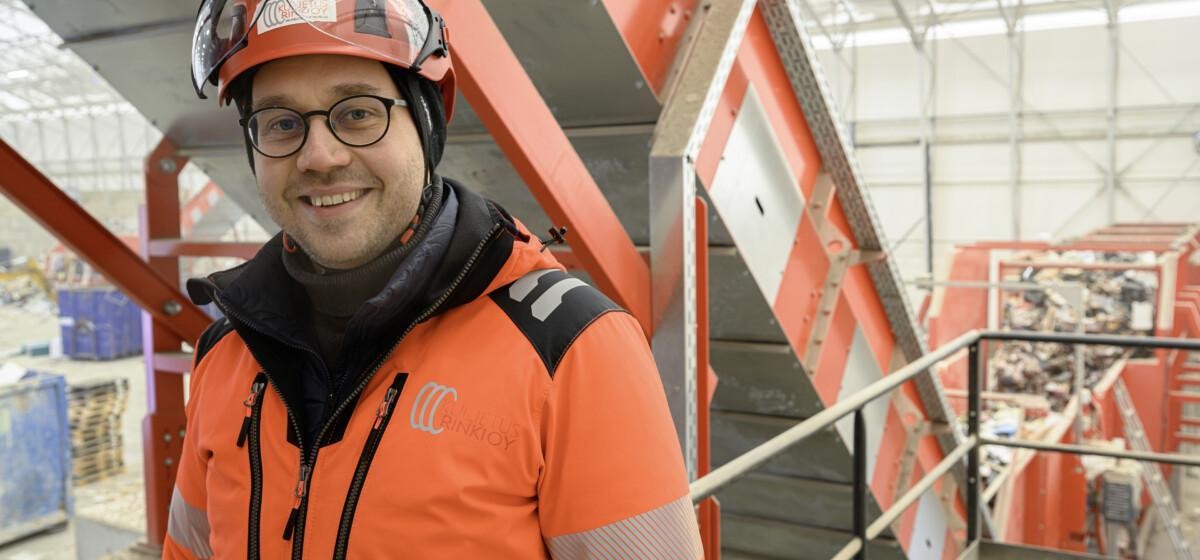
Industrial modernisation
AI and robots taking care of dull, heavy and dirty work in waste management
Published:
The environmental service company Kuljetusrinki was offered the possibility to consider developing its operations in a new way when its previous premises became too small, and the company had to move to larger premises next door.
– When expanding our production facilities, we thought about what kind of technical developments we could implement at the same time, the CEO of Kuljetusrinki, Mr Markus Närhi, says.
During its over 30-year history, the company has transported its customers’ waste material with its own low-emission transport fleet and refined the recyclable value of waste at its own treatment plant.
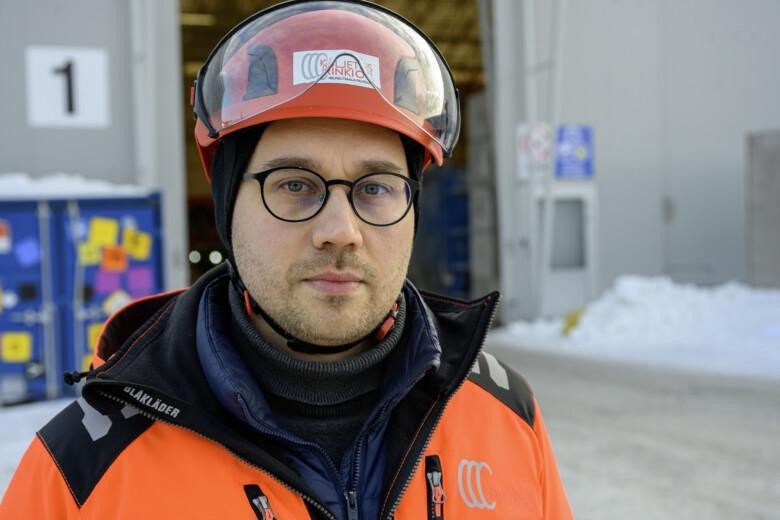
At the same time when the company was reflecting upon its future, Business Finland had a call for funding from the Recovery and Resilience Facility (RRF), a temporary recovery instrument that provided grants and loans to support reforms and investments in the EU Member States. The company decided to grab the chance and was eventually granted funding for its project.
This was also the beginning of a close collaboration with ZenRobotics. Kuljetusrinki ordered an automated robotic sorting line for mixed waste materials from its new partner. The robotised waste management facility started its activities in summer 2023 and the experience so far has been positive.
Robots taught to recognise materials
Three robot hands based on artificial intelligence are found in the waste management facility. They recognise and pick out tens of various waste materials, such as clean and treated wood, metal, plastics and rock material.
Mr Närhi explains that the robots can be taught how to recognise and sort any kind of material.
– The first we did was to teach the robots to identify various materials. When mistakes are made in the sorting, we pick up and return the material back into the process.
During the pre-sorting stage the materials are sorted into three different size categories. The heaviest of the waste, the so-called 3D recognisable material, is loaded into a large feeding bunker, from where it continues smoothly to the hands of the sorting robots.
AI calculates the probability of the material being identified. For example, when the AI is commanded to identify a material with a 90 % probability, the robotic hands must be 90 % certain that the material is the desired one when sorting. If you settle for 60 %, there will be more contaminants slipping through in the waste material mix.

– The used accurancy depends on how strict the purity requirements of the industry using the recycled material are, Mr Närhi explains.
The amount of various materials to be identified by the robots is increasing.
Unique in Finland, rare globally
As the technology is constantly developing, the waste management facility is never complete. A robotic system scans the waste on the sorting belt with sensors, and the signals from these sensors are continuously analysed by AI. At the same time, a huge amount of data is collected about the waste and its composition.
Mr Närhi tells us that Kuljetusrinki is still only in the early stages of using AI and robotics.
– For us, this is an investment into the future, developed in continuous collaboration with ZenRobotics.
He points out that Kuljetusrinki is ready to experiment with new things, whether it is software or mechanical engineering. The collaboration with ZenRobotics will continue and deepen.
Kuljetusrinki is one of the first companies to bring this kind of sorting technology to Finland. Before its new investment, the company visited Sweden and Denmark in order to learn more about the waste industry.

– It is great and rewarding to be involved in reforming the waste industry, as it has traditionally been both conservative and a bit slow to warm up to new innovations.
Mr Närhi hopes to see more manufacturing industries ready to use recyclable materials as raw material as and when it is produced spring up in Finland. This would prevent the need to ship raw materials abroad. The regulation, on the other hand, already pushes the industry towards recycling and circular economy.
– At least so far, all materials sorted by the robots have found their own material pipelines.
Uuno, Spede and Lyyli work around the clock
Over the years, Kuljetusrinki has constantly looked for new ways of recycling and also for ways to prevent waste.
When it was possible to get the robots, effectively giant hands, into use, a naming contest was held among the staff. As a result, they were named Uuno, Spede and Lyyli.
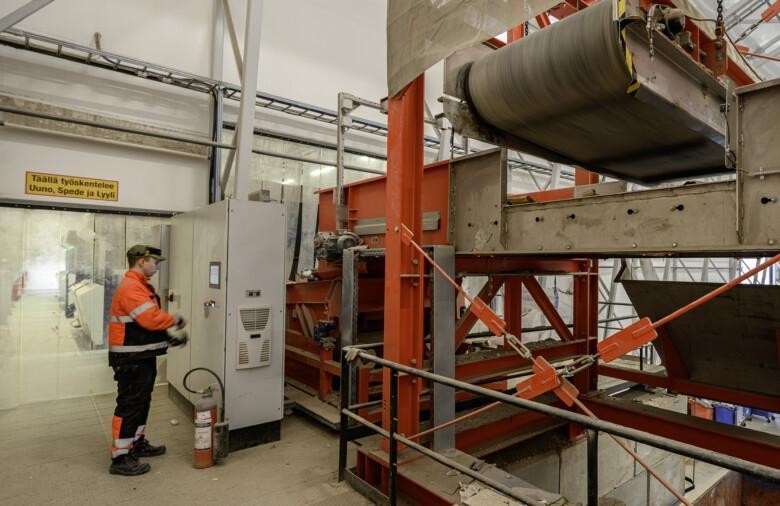
No human being can keep up with the speed of these robots. During a single hour, Uuno, Spede and Lyyli pick up and sort waste 7,000 times. Mr Närhi explains that a single item can weigh up to 30 kg.
The robots can keep on sorting materials around the clock if necessary. What will happen in the future? Will the robots replace the personnel as they learn more and are able to do the job from start to finish?
–They will never totally replace human beings. But they do the dirty, boring and heavy work. And increase efficiency. AI and the robots still need teaching, and the machinery both maintenance and operating. Moving and loading materials won’t work without human guidance either. All in all, humans are watching over, and robots do what humans tell them to do.
Mr Närhi tells that the personnel have eagerly embraced the new technology.
– Our employees are really committed to and proud of what we are doing. Instead of just talking smoothly, we are driving the green transition in practice and leading the way in showing how it can be done.
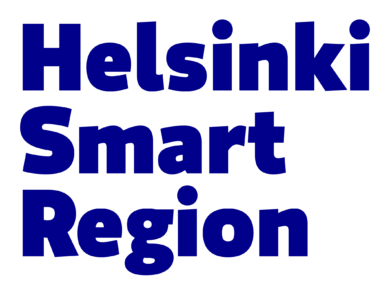








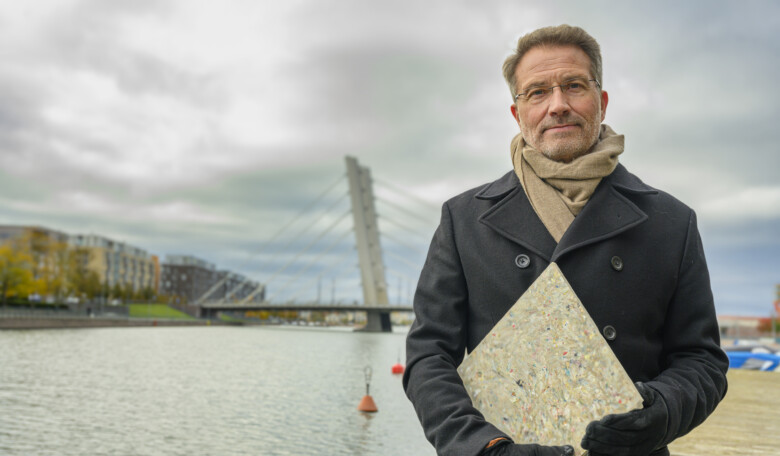
 Return to listing
Return to listing